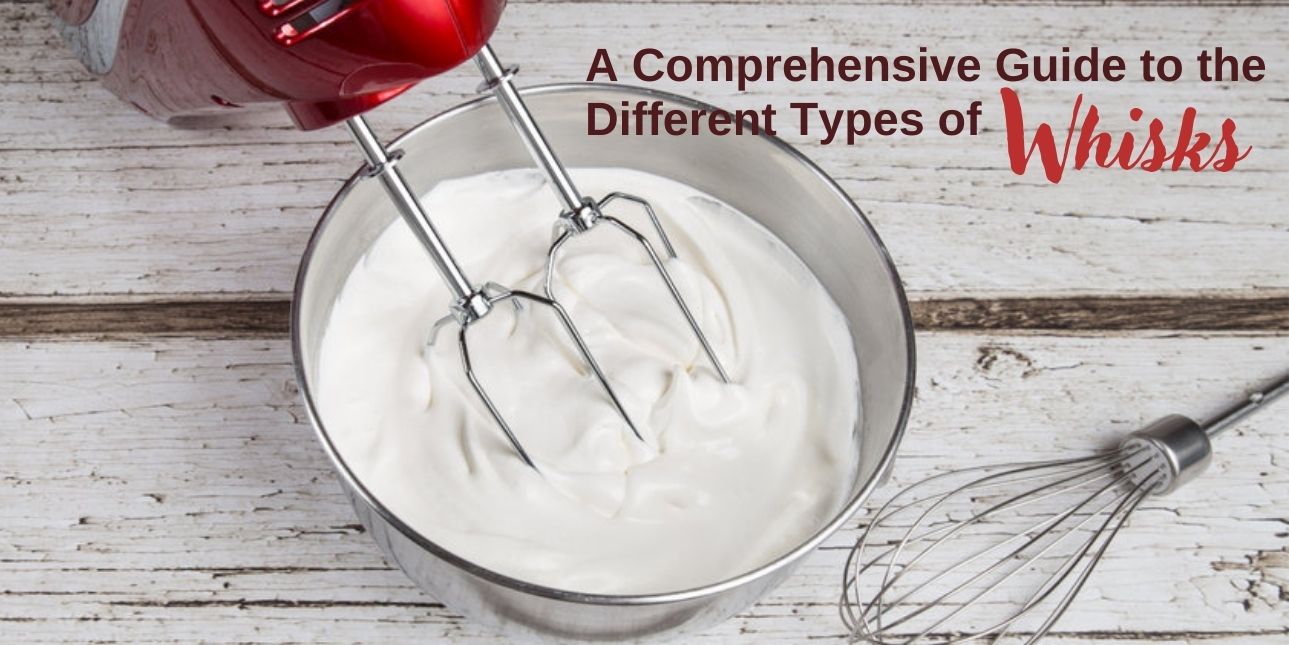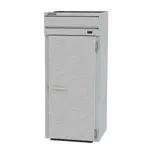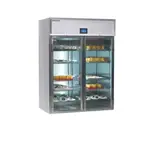
Whisks are some of the essential tools you need when running a baking or cooking section in a commercial kitchen. Whisks come in plenty of different shapes and sizes, and knowing the different types of whisks is integral to being efficient in the kitchen for a culinarian. From whipping up fluffy batters to preparing thick, yet smooth soups and roux, a whisk is the handiest tool for mixing ingredients and incorporating air into the mix. Needless to say, a whisk for baking is an essential tool for preparing bread and cake.
There exist different types of whisks designed for specific purposes in the kitchen. Understanding their utility will not only help you handle the cooking material better but also offer quality food to your patrons. We discuss a number of whisk types so that you know when to use them in the kitchen. Read on as we discuss what is a whisk, their types, a whisk’s cooking uses, and understand what is a whisk used for.
Beating vs. Mixing: What Makes Them Different?
Though the usage of the terms beating and mixing is common, there’s little understanding of the two and their distinct meanings. While mixing merely refers to the incorporation of two materials and combining them in a vessel using any tool, beating involves both the process of mixing and incorporating air into the mixture. Beating requires specialized tools such as whisks to make sure the result is a well-aerated and fluffy mixture. Mixing can be performed with easily available kitchen tools such as spoons, ladles, spatulas, stirrers, and forks.
What is a Whisk?
Whisks are specialized cooking tools that feature loops of wire on one end, supported by either a metal, wooden, or silicone handle. Since there exist different types of whisks, the configuration of the wire loops differs in each type. The thickness and orientation of the wires are also varied in the different types. In case you’re still wondering about what is a wire whisk used for, whisks are useful in beating and blending ingredients. For whisks that are made to incorporate air, their coils have bulbous ends and are arranged in a rather rotund fashion, as for whisks that collect and integrate material, flat and flexible wire orientations are the norm. These tools are used in bakeries, bars, and kitchens because their utility cannot be overstated. The further sections deal with the various types of whisks and their purpose.
Types of Whisks & Their Usage
Here are some of the different types of whisks and whips used in a professional kitchen:
- Balloon/Piano Whisk
These whisks are some of the most common types of whisks. They’re made of long wires that are arranged in a manner where they end in the shape of a bulb. While the wires are firm, they’re not too rigid either, to allow flexibility when performing the mixing actions of the whisk. The shape of the whisk’s similarity to a balloon, and the wires’ appearance resembling those of a piano's wires, give it the name. Being one of the most commonly available and popular types of whisks, balloon whisks are multi-purpose and can be used for several tasks that involve air inclusion into the mix such as beating eggs, egg whites, meringue, whipped cream, sauces, and dry ingredients.
- French Whisk
French whisks are similar to balloon whisks but have slightly different functions due to differences in design. The French whisk showcases a slimmer body and thicker wire loops, the wires are also not as wide-set or arranged in a bulbous manner. Core differences between a french whisk vs. balloon whisk include the nature of the material handled. The french whisk is more suited to beating heavier ingredients and can collect material from the bottom of the pan to prevent burning. French whisks are commonly used for sauces, mayonnaise, pancake batter, custard, and salad dressings.
- Flat Whisk
These whisks are made of some of the most flexible wire loops and can lie flat on the pan’s surface, often acting more like a spoon when compared to the different types of whisks on the list. Flat whisks are also called roux whisks since they’re commonly used to prepare roux and can help you collect the flour and mix it into the rest of the ingredients on a flat pan. The wires too are flatter when compared to other whisks and allow you to scrape off the ingredients from the pan’s surface. Flat whisks can be used to make a roux, removing poached eggs, sauces, bechamel, and gravy.
- Ball Whisk
These types of whisks have long wires that do not curve back towards the handle, instead, they have small balls at each wire-ending to promote aeration of the mixture. They’re primarily used to mix ingredients in deep kettles and pots, and are also called kettle whisks. The balls perform the same function as the large bulb in balloon whisks. Ball and kettle whisks are useful in making sauces and soups and are easier to clean when compared to balloon whisks.
- Mini-Bar Whisks
Exclusively made for whipping egg whites in a bar setting, mini bar whisks are handy tools for bartenders looking to prepare light and delectable cocktails. The size of these whisks helps them perform their function in small spaces such as cocktail glasses, enabling bartenders to prepare drinks such as the white lady, gin fizz, and champagne flips. Their design is based on the balloon whisk, with the core difference being their size.
- Dough Whisk
This happens to be one of the most unique whisks on the list and is used for baking. The dough whisk features a single wire that wraps around itself and features another smaller coil within the large/ main coil. Wire profiles remain flat and help the baker scrape flour and other ingredients off the utensil surface while maintaining the integrity of the dough. It’s primarily used to mix dough, be it for bread, cake, or other confections.
- Conical Whisks
These whisks feature wires arranged in a manner where they’re narrow near the handle, widest at the middle, and almost meet at a point at the end. They function like spatulas that are capable of scraping off ingredients from the corners of pots and pans. Conical whisks resemble a diamond/rhomboid shape and are effective in incorporating all the ingredients into the main body of the mixture.
- Twirl Whisk
Twirl whisks are mainly used to froth milk when preparing coffee. These whisks are useful for cafes where milk froth is essential for both taste and aesthetics. Featuring a wide yet spring-like coil of wire, twirl whisks can incorporate air into the milk effectively before you can prepare beverages such as lattes.
- Spiral Whisk
Featuring a single loop that has another wire coiling around it, spiral whisks have a head that’s placed at an angle to make contact with the vessel surface. Spiral whisks are very effective in breaking up lumps of material when mixing ingredients. They can also collect material from the bottom of the utensil and prevent their burning. Due to their compact shape and size, they're used in small cups and bowls.
- Coil Whisk
Coil whisks are also called spring whisks due to their appearance. They’re similar to spiral whisks and feature a coil spun around the main loop and help break apart ingredients. However, these whisks are more suited to the preparation of gravy, or even mixing small proportions of dry ingredients with a liquid.
Kitchen whisks and whips are essential tools that need to be owned by every commercial kitchen whether you operate a full-service restaurant or a modest cafe. They’re useful in the preparation of just about every recipe and are bound to make your offerings fluffier and more delectable. Don't forget to equip yourself with kitchen essentials like commercial refrigeration equipment along with the best whisks for perfect results.










